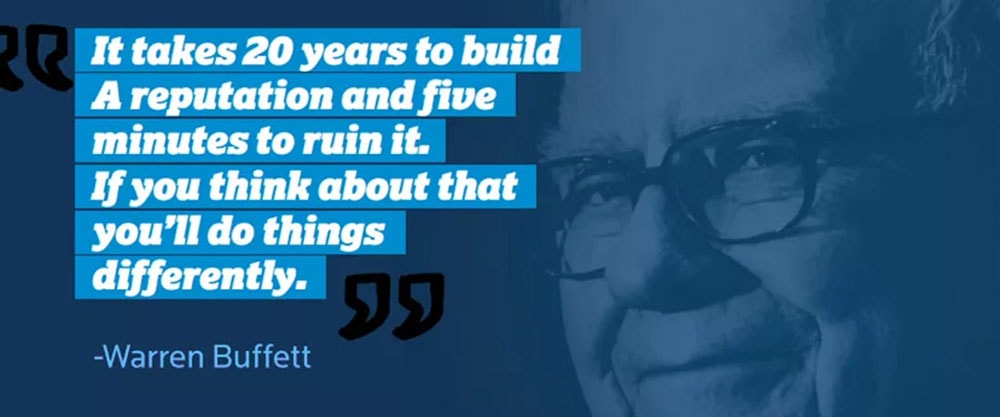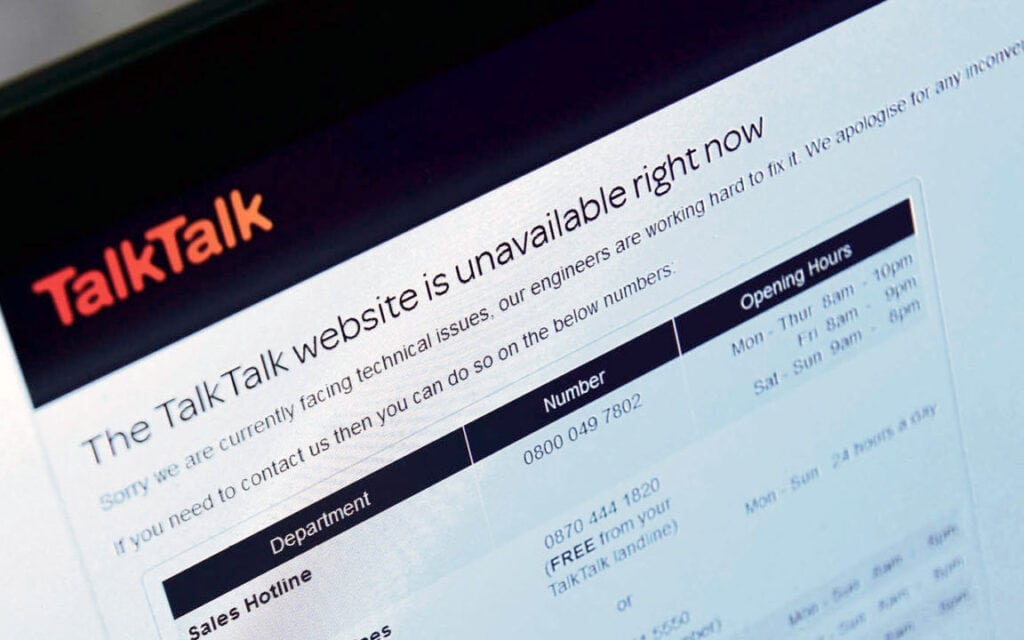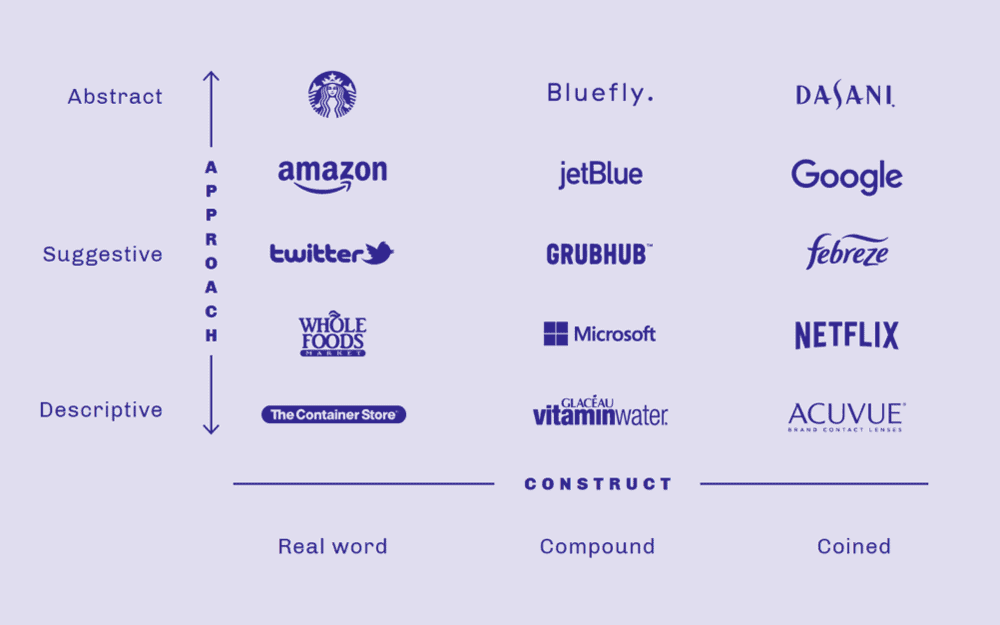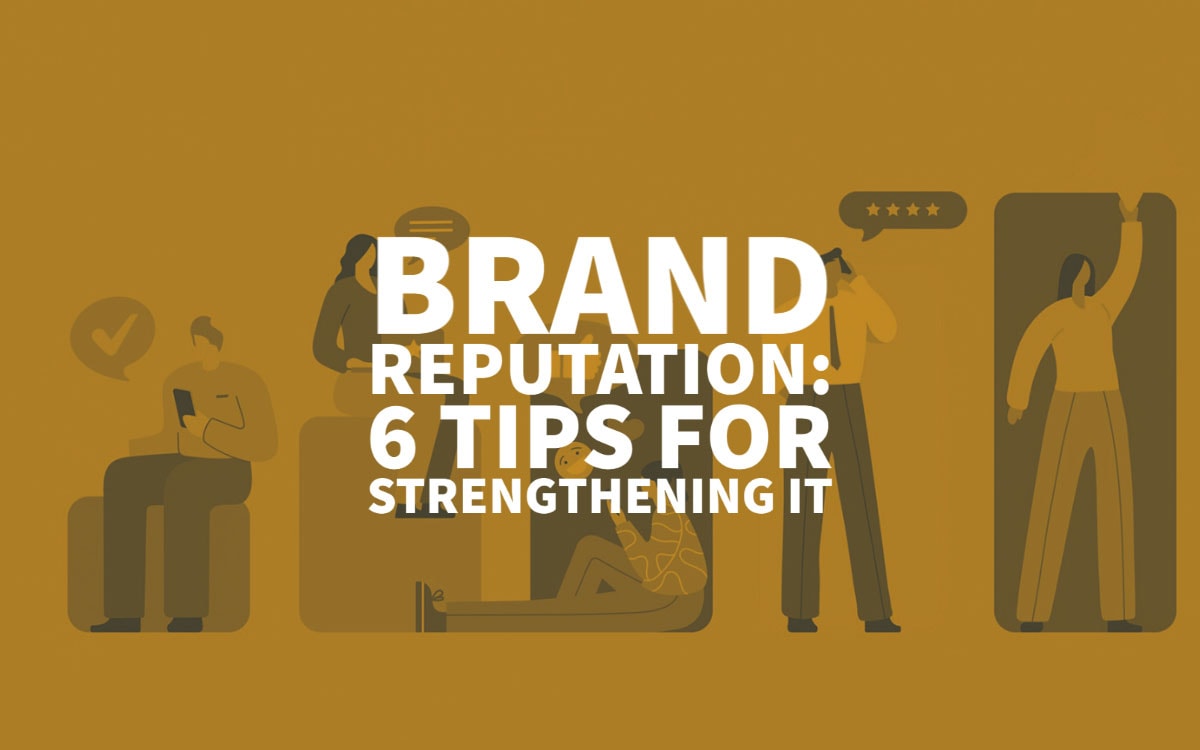
15 Jan Brand Reputation: 6 Tips for Strengthening It
Brand Reputation: 6 Tips for Strengthening It
In the 20th century, the most valuable assets of a business organisation were its production equipment.
However, a business is often undermined because it neglects the impact that intangible assets such as brand reputation can have on their firm’s value.
As per a report by Thomson Reuters and Interbrand highlighted by Forbes:
Three decades ago, approximately 95 per cent of the average corporation’s value consisted of tangible assets, but today 75 per cent of the business’s value is intangible.
The above statistics clearly state that today, a business’s most valuable asset comprises a good name, brand identity, and reputation.
What is Brand Reputation?

Brand reputation is the way people view or feel about your business. People are not very loyal or consistent.
You probably know that your business name or logo cannot be a long-standing thing. It becomes outdated pretty fast if it hasn’t been on any top 10 lists for a long time.
Brand reputation means your customers feel good about buying your product or services, and believe that your brand is trustworthy.
This article shows you the factors of brand standing and how you can manipulate them to your advantage.
The three main factors are positive comments, negative comments, and mixed reviews.
Positive comments: The most popular form of reputation building is providing positive reviews to your product on review sites.
You can either write your own review site or hire a company to do it for you.
Negative comments: The most damaging form of this strategy is exploring negative reviews about your product on review sites.
Mixed reviews: There can be some mixed reviews on a site about you and your product. This can create an atmosphere of mistrust.
It would help if you had a solid plan to build customer trust in your reputation management strategy.
The influencers in your online presence need to be thanked for their contribution. Your brand needs to have a strong presence online and offline. You must develop good online and offline communication with your customers and influencers.
It’s critical that you work well with influencers in your social media and e-mail marketing campaigns.
Creating a long-term reputation management strategy will help you build your brand.
Reputations are built over time. A single bad review can quickly destroy the reputation you’ve worked so hard to gain. A comprehensive plan with a clear goal can help you avoid these pitfalls.
Long-term, authentic positive reputations will build your reputation. This is done by consistently providing value and being a socially responsible company. The goals of this plan will define reputation, longevity and quality.
When you’re building a long-term brand reputation, you have to have a plan for the future.
- Do you want consumers to think long-term?
- Do you want consumers to trust you?
- Are you willing to be held accountable?
These are all critical questions you want to ask yourself when building your brand reputation.
You want to ensure that your corporate reputation impacts revenue growth. To do this, you need to look at what is going on in the consumer market, where most of your focus will need to be.
Remember that online reviews and social media impact your corporate reputation. This is why it’s so important to manage your reputation.

The reason I bring this up is that negative feedback and bad reviews can drive customers away.
A negative review could make the company appear unreliable and may hurt its ability to generate revenue long-term.
It also hurts the brands and the companies who have the most positive reviews.
For example, if a customer decides not to purchase a highly recommended product, the store’s reputation could be damaged and could impact its revenue growth.
This same principle applies to online reputation management.
Positive feedback and satisfied customers will drive your brand to the top of search results. However, negative feedback and unsatisfied customers will drive your brand to the bottom of the search results.
Your online reputation management strategy should include a comprehensive plan for customer service. Remember that customers are more likely to buy from a company that has excellent customer service.
The third principle is personal reputation.
This part of your online reputation describes how people place you in three categories: trusted, respectable, or untrustworthy.
This chapter defines reputation in the context of individual actions. Brand reputation can also be shaped by the activities of other organisations or groups.
People tend to place companies in one of four categories.
Those that are considered reputable, trustworthy, or respectable are called positive reputations.
Examples of positive reputations include McDonald’s, Wall-Mart, and AT&T.
On the other hand, negative or unsavoury reputations include Kmart, Walmart, and airlines.
The fourth type is the unknown category, which refers to any organisation or person with a positive or negative brand reputation.
Insights on Brand Reputation

Both “Brand” and “Reputation” is vital for businesses, because of the competitive advantage they provide to any business to sustain their position in their niche market.
Interestingly enough, a reputation has existed since human interactions.
Status exists even before communication begins.
Customers do not make buying decisions simply because of the promises that your brand makes.
Instead, they are most likely to take some action because of what they believe about your brand or how someone speaks about their experiences with the brand.
Putting it directly; your reputation adds value to your business name and encourages them to act.
However, wait there’s more!
Believing that a strong brand reputation alone is not responsible for your business’s success or failure is a wrong notion.
At times, even your name can influence the company’s reputational value and plays an equally important role in making the business successful or a failure.
Wondering how?
Well, when you have just started your online business venture or are just a startup firm, you will need to build your reputation.
And, it is your brand that will help develop a reputation, by making marketing efforts.
Example Demonstrating How Branding Influences Reputation
Dropbox is one of the most famous personal cloud storage companies, having 300 million users. The irony is that when Dropbox was not made available for public use when it began.
What ignited their growth was a marketing strategy that helped them become a brand.
Wondering what?
Dropbox added a “Get free space button” on their main web page, along with an offer.
According to the offer, if a friend uses an existing Dropbox user’s invitation to sign up for a Dropbox account, then that user would be rewarded a bonus of up to 32GB of free space.

This helped in increasing the sign-ups to as much as 60%.
In a nutshell, branding can have a positive or negative impact on reputational influence.
Of course, you will be interested in knowing ways to help increase your brand value in the market to create a positive reputational impact on your users’ minds.
6 Tips for Brand Reputation Success
1 – Create a Good Product
Before investing even a dime into your marketing and branding efforts, think carefully about your product or service.
Try and analyse your product or service’s value proposition, and be sure if it is ready to go live or not. In essence, your top priority should be to build an excellent product.
You may put a lot of your valuable time and effort into thinking of some great marketing strategies to turn your product into a brand, but if your product sucks, you will not create a good reputation.
Even if you are successful in dragging your target audience into viewing (or using) the product, they will eventually leave.
Bottom line: Instead of paying more attention to marketing, focus more on your product.
2 – Choose a Catchy Name For Your Startup

You can quickly come across several awful startup names spelt poorly and capitalised in a nonsensical manner.
Remember that your startup name is the first thing that your users will notice about you and your brand.
A catchy and bizarre (yet relevant) name will arouse curiosity among people about your business and compel them to learn more about it.
So, make sure to invest enough time into thinking a name that’s captivating and quickly grabbing your users’ attention.
It would be best to choose your company’s name that is easy to remember and doesn’t give users much trouble spelling it.
Also, avoid using a word, that when Googled, brings up many results, but won’t show your company’s name on the SERPs (search engine result pages).
Bottom line: Choosing the right name for your company is a crucial branding decision – that can attract the attention of potential customers towards you.
3 – Avoid Using Technical Lingo
As a startup founder, you might get fascinated with tech and entrepreneurial language, and may end up using it too much than required, when talking about your business.
But keep in mind that not everyone is familiar with technical jargons like ERP, CRM, – that are used on a business website.
It is vital that you describe the functions performed by your company to anyone, without much difficulty.
However, it is easy to become overwhelmed with technical lingo that adds too much jargon and acronyms.
However, to effectively communicate with your users to make your brand propel forward, you must not overwhelm readers with technical prose.
Bottom line: Often, businesses create presentations littered with technical lingo that reduces readers’ capacity to understand your intended brand messages.
And so, try to steer clear of using jargon. But if you still need to use some, try to do so sparingly.
4 – Create Awareness About Your Product by Telling a Story
So you have come up with a great product that you believe is brilliant. But, is it right for your audience as well?
Well, just making anything available to your users is not enough to make people talk about it.
Your product exists and is ready, might be great news for you (and your team), but it might still get unnoticed by your target audience without creating awareness about its existence.
The best way to tell the world about your product is to tell them a compelling story.
Tell your story using visually appealing and enticing photos to let people know about its overall worth and provide useful information that helps you establish a niche brand in your industry.
Bottom line: Visuals are believed to have a high impact on the human brain, and thus crafting a story can help shape your users’ perceptions of your brand.
5 – Make Your Voice Heard Using Content Curation
Content curation is a useful content marketing tool that helps captivate audiences and convinces them to take the desired action.
After all, it helps present the most useful and relevant pieces of information that contribute to adding value to end-users.
When starting your journey to building a brand, chances are you will not get immediate and expected attention of your audiences.
Make sure to write original, consistent and useful content for your audience, as it will eventually help establish your brand and build a reputation amongst likely customers.
However, when writing content, focus on your target audience needs more than your brand.
Bottom line: Content curation can increase your brand’s credibility and help attract a fair amount of traffic.
6 – Respond Appropriately to Customers

As the brand grows, managing it can be difficult and challenging. Even a single misstep can put your brand and company in a bad light.
But, in the worst-case scenario, have you wondered how you can deal with it when something goes wrong?
The best way to cope with such a situation is to address the problem honestly and transparently. Accept your mistake and let your users know what you are doing to fit it.
But, make sure to test your product, before making it available to users, as your improved version of the brand can misfire as well.
Most importantly, remember not to take things too personally.
Most entrepreneurs get easily offended reading bad reviews or negative comments and taking a step that can further spoil their brand and reputation.
Bottom line: It is imperative that you should not get so enmeshed in hearing something bad about your brand and company. Instead, sit back and think before responding to criticism personally.
Final Thoughts
It is no secret that reputation can significantly impact whether users will perceive your brand in a negative or positive light.
However, startups usually have to build their reputation, and instead, they focus on establishing brand identity first.
A good name helps in increasing consumer awareness and make a user emotionally attached, and so forth.
Most importantly, adhering to brand’s commitment assist in creating the reputation.
As a brand grows in popularity, the more it will contribute to earning a good brand reputation.
Here’s hoping that the critical points discussed in the post will help you guide in creating a strong brand, as a part of your reputation building process.




